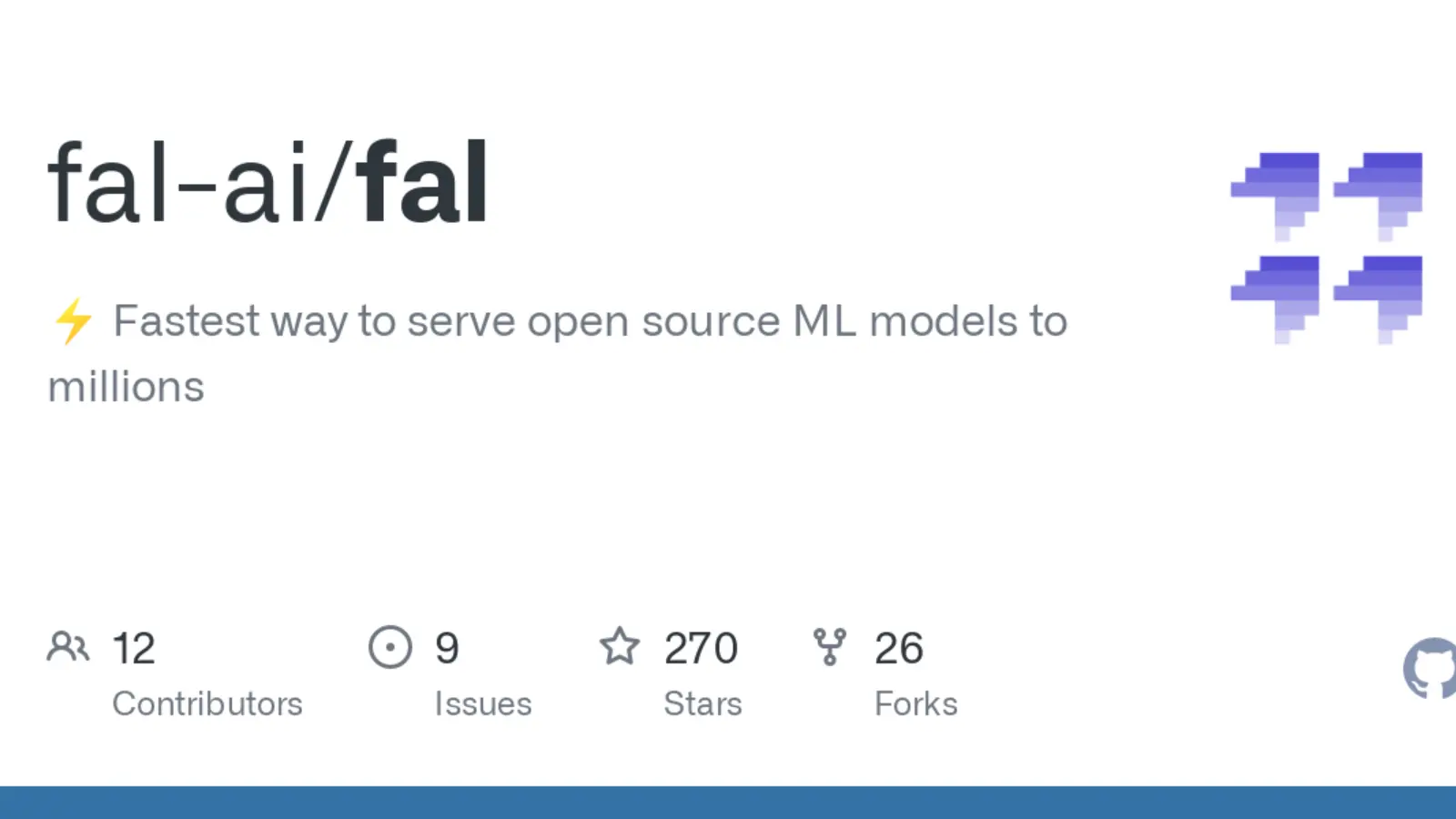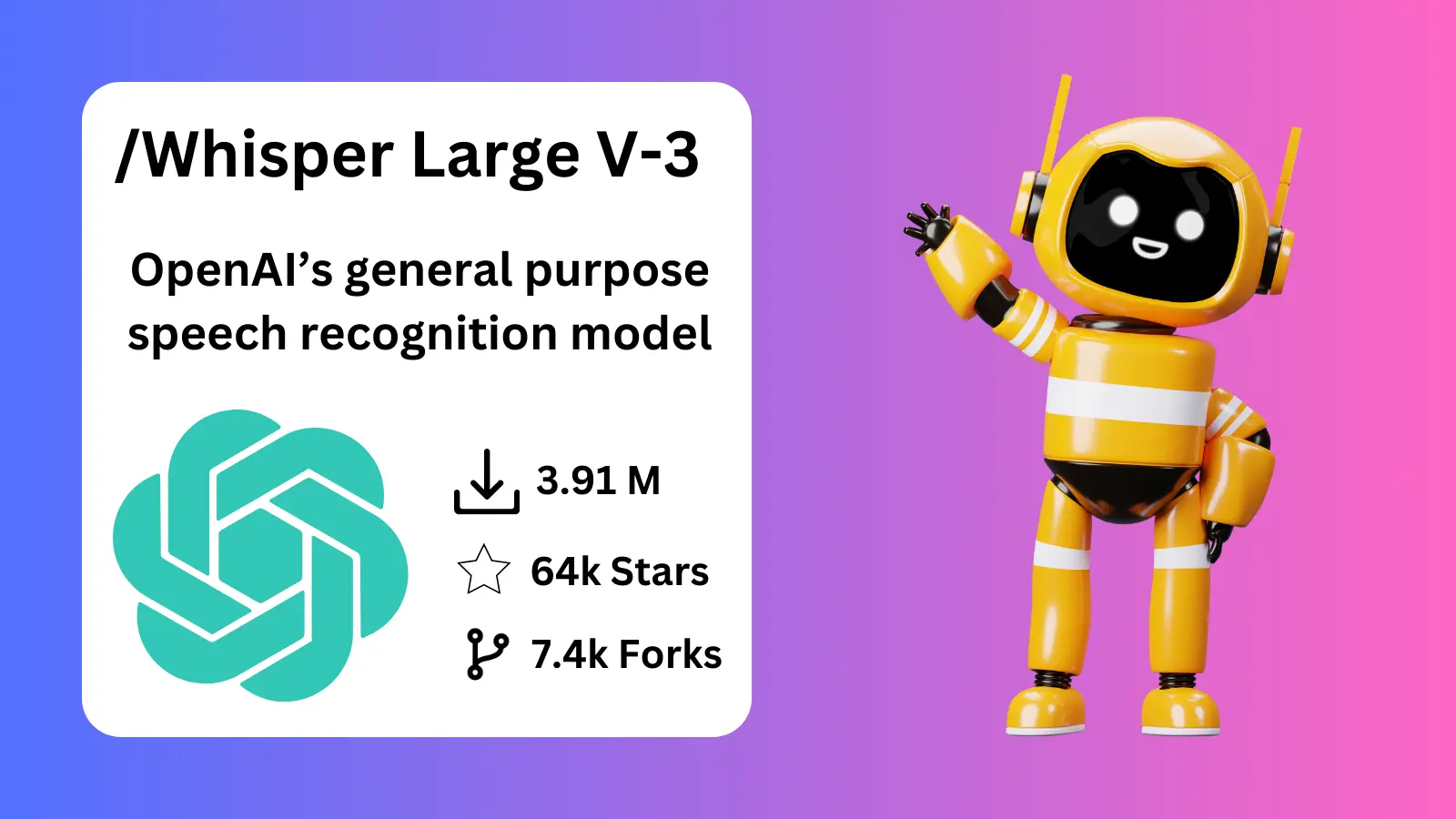
The field of artificial intelligence has seen explosive growth, with increasing interest and rapid advancements. However, in recent times, the momentum of developing new open-source foundational models has slowed, leading some to claim that open-source AI is on the decline. Enter AuraFlow v0.1, an open-source model poised to revitalize the landscape of AI innovation.
Overview of AuraFlow
AuraFlow is an advanced flow-based generative model that excels in text-to-image generation. This model, designed to follow prompts with high accuracy, can generate detailed and precise images based on descriptive inputs. For example, given a prompt describing a woman in a green dress with three boxes filled with various items, AuraFlow can create an image that matches this detailed description.
Precision in Prompt Following

One of AuraFlow's key strengths is its exceptional ability to interpret and follow complex prompts. For instance, if prompted to generate an image of a cat that is half orange tabby and half black, holding a martini glass with a ball of yarn inside, wearing a monocle and a blue top hat, AuraFlow can produce an accurate and detailed visual representation of this description.
Getting Started with AuraFlow
For those interested in experimenting with AuraFlow, you can start by visiting fal's model gallery to try out quick prompts. If you're looking to integrate AuraFlow into more complex workflows, you can download the model weights from HuggingFace and use them with ComfyUI, a user-friendly interface designed to work with AI models.
Development and Collaboration
AuraFlow's development was a collaborative effort, initiated by Simo, a well-known researcher in generative media models, and the team at fal. Simo's initial project, Lavenderflow-v0, showed significant promise. Combining their efforts, Simo and the fal team aimed to scale this project, bringing together substantial resources and expertise to develop AuraFlow into a state-of-the-art open-source model.
Technical Innovations
AuraFlow incorporates several technical advancements that enhance its performance and efficiency. Here are some key innovations:
- Optimized Model Architecture: By reducing the number of MMDiT blocks and replacing them with larger DiT Encoder blocks, the team improved the model's computational efficiency, increasing model flops utilization (MFU) by 15%.
- Enhanced Training with Torch.compile: Utilizing tools like Torch Dynamo and Inductor, AuraFlow's training process was optimized, leading to an additional 10-15% improvement in MFU. This was achieved by streamlining the forward and backward passes during training.
- Zero-Shot Learning Rate Transfer: By using maximal-update-parameterization, the model achieved better learning rate predictability, enhancing its training efficiency without extensive hyperparameter tuning.
- Improved Data Quality: The team re-captioned the entire dataset to ensure high-quality text conditions, following the DALL·E 3 approach to the extreme. This meticulous process improved the model's ability to follow instructions accurately.
- Optimal Architecture Configuration: Through extensive testing, the team determined the best aspect ratio and learning rate, resulting in a highly efficient model with 6.8 billion parameters. The optimal configuration was achieved using a matmul divisible by 256, ensuring maximum computational efficiency.
Training Challenges and Solutions
Training AuraFlow presented significant challenges, particularly due to the complexities of handling multi-modal data (text and images). The team leveraged their expertise in distributed storage and GPU management to overcome these challenges. By utilizing open-source projects like JuiceFS and innovative techniques for data streaming, they ensured efficient training across a large fleet of GPUs.
Future Directions
AuraFlow v0.1 marks the beginning of an ongoing journey. The team plans to continue refining the model, with further training and optimizations. They are also exploring the development of smaller, more efficient models suitable for consumer-grade GPUs, making advanced AI accessible to a broader audience. The fal and Aura models community is already vibrant, and contributions are encouraged to help push the boundaries of what is possible.
Getting Involved
For those interested in contributing to AuraFlow's development, the community is active on Discord, providing support and sharing insights. Whether you want to fine-tune the model, experiment with different applications, or learn more about its capabilities, there are numerous opportunities to get involved.
FAQs
- Is AuraFlow available for commercial use? Yes, AuraFlow is available for commercial use under the terms of the open-source license.
- Can I fine-tune AuraFlow for specific use cases? Yes, AuraFlow can be fine-tuned for specific use cases using techniques like transfer learning.
- How does AuraFlow compare to other text-to-image models? AuraFlow is the largest fully open-sourced flow-based text-to-image model, setting it apart from other proprietary models.
- What are the hardware requirements for running AuraFlow? AuraFlow requires a GPU with at least 12GB of VRAM to run efficiently.
- Can I use AuraFlow with other AI tools and frameworks? Yes, AuraFlow is compatible with popular AI frameworks like PyTorch and can be integrated into various tools and workflows.
- How can I contribute to the development of AuraFlow? You can contribute to AuraFlow by joining the Fal AI Discord server, providing feedback, and participating in the open-source community.
- Is AuraFlow suitable for generating images with specific styles or genres? AuraFlow is a general-purpose text-to-image model that can generate images across a wide range of styles and genres.
- Can AuraFlow be used for video generation or animation? While AuraFlow is primarily designed for static image generation, it may be possible to extend its capabilities to video generation or animation with further research and development.
- How accurate is AuraFlow in terms of following textual prompts? AuraFlow demonstrates strong prompt adherence, consistently generating images that closely match the provided textual descriptions.
- Is AuraFlow suitable for generating images with sensitive or explicit content? AuraFlow has been designed to generate safe and family-friendly content. It may not be suitable for generating images with sensitive or explicit content.
References
- Fal AI. (2024). AuraFlow v0.1 - Hugging Face.
- Fal AI. (2024). Model Gallery - Fal.ai.
- Fal AI. (2024). Introducing AuraFlow v0.1, an Open Exploration of Large Rectified Flow Models.
- Fal AI. (2024). AuraFlow by Fal | AI model details - AIModels.fyi.
- Fal AI. (2024). AuraFlow: The Future of Open-Source AI for Text-to-Image Generation.




